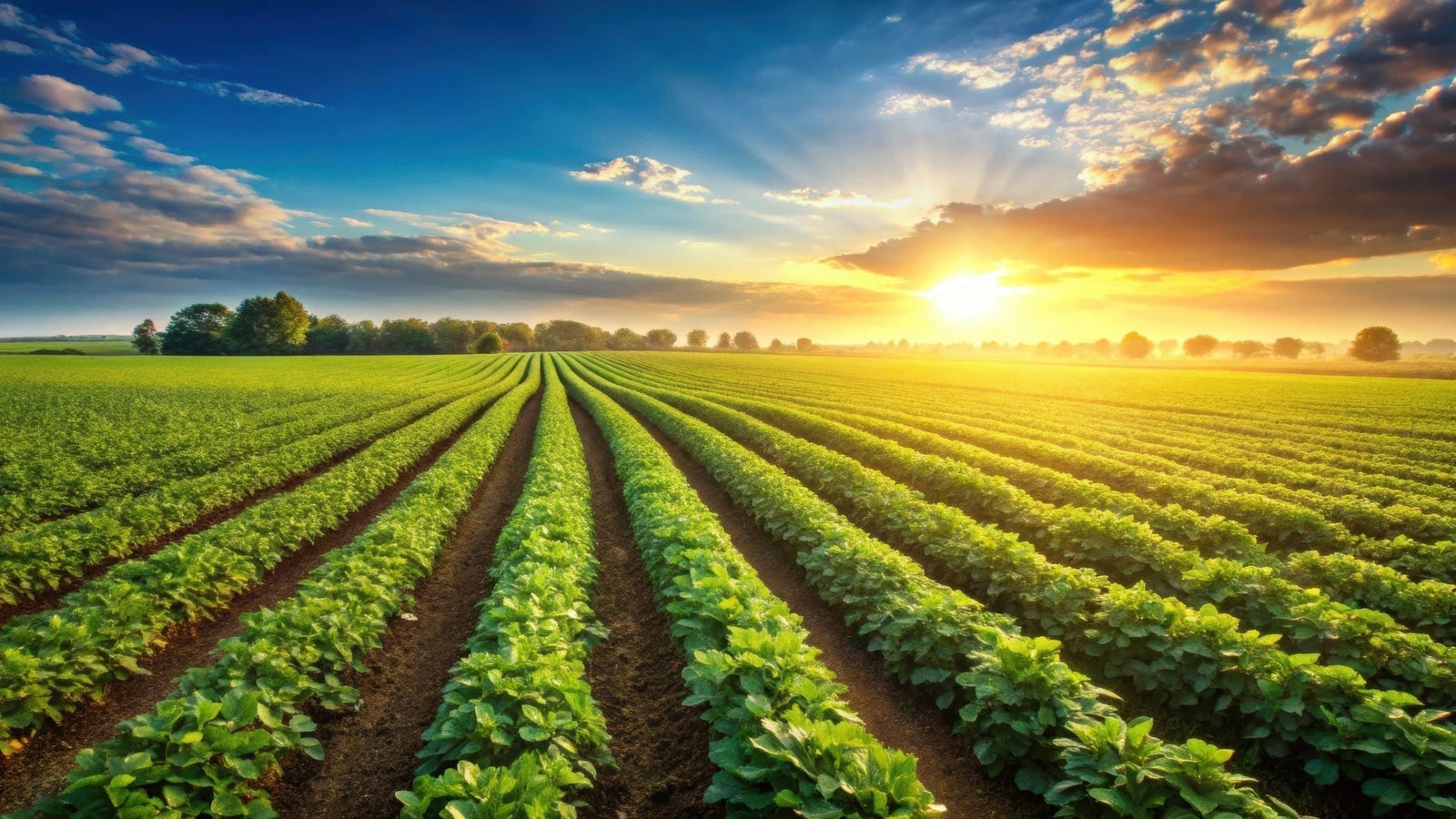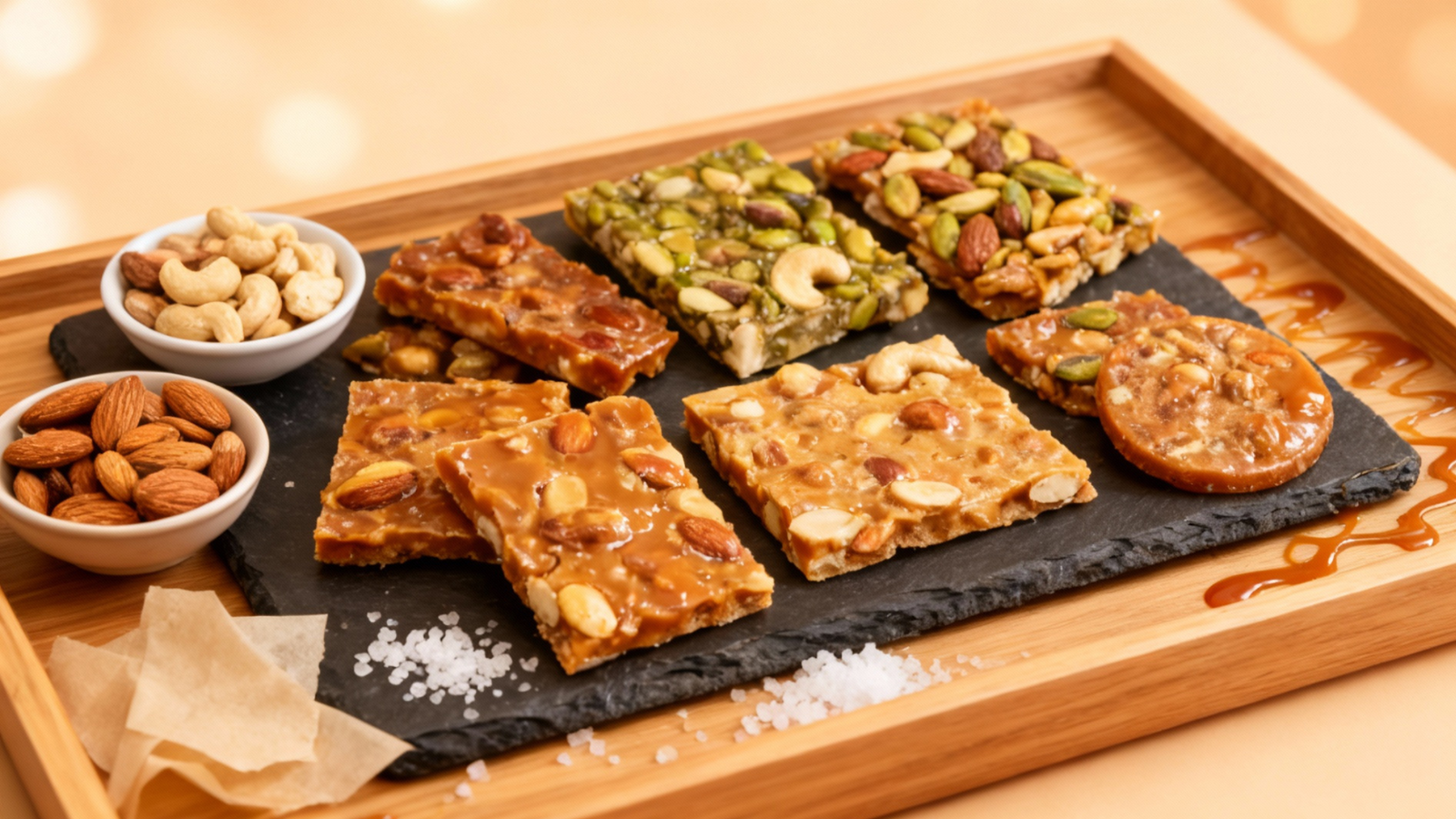Instant Gifting Made Easy — Gift Cards Available | Free Shipping $100+
Instant Gifting Made Easy — Gift Cards Available | Free Shipping $100+
From Ground to Crunch: How Peanuts Are Grown, Harvested, and Transformed into Brittle Bliss

Peanut brittle may be the star of your snack stash, but have you ever stopped to wonder where it all begins? Long before it reaches your candy tin or dessert board, each peanut in your brittle has a humble, hard-working origin. Grown in sun-drenched Southern soil and harvested with care, peanuts are more than a snack—they’re a story. And at Brittle-Brittle®, we’re proud to share how that story unfolds.
Whether you’re here out of curiosity or searching for terms like “how are peanuts grown” or “peanuts for planting,” we’ve got you covered with a behind-the-scenes look at how our most important ingredient comes to life.
🌱 How Are Peanuts Grown?
Let’s start at the root of it all—literally.
Peanuts are not true nuts, but legumes that grow underground. The process begins in spring, once the soil warms to at least 65°F. In regions like Texas and Georgia, farmers prepare sandy, well-drained fields for planting around late April through May.
Each peanut seed (technically, the kernel from inside the shell) is planted about two inches deep. What follows is a fascinating and unique growth cycle:
-
Flowering: Peanut plants bloom with small yellow flowers above ground.
-
Pegging: After pollination, the flower’s stem elongates and bends downward to push into the soil—this is called “pegging.”
-
Pod development: Underground, those pegs swell into the familiar peanut shells we know and love.
This “plant high, grow low” cycle makes peanuts one of the most unique crops grown in the U.S.
🌾 When Are Peanuts Harvested?
After about 120–150 frost-free days, peanut plants are ready for harvest—typically in September through October.
The 2-Step Harvest Process:
-
Digging: A special digger loosens the soil, uproots the peanut plants, and flips them upside down so the peanuts can dry in the sun.
-
Combining: After 2–3 days of curing in the field, a combine harvester separates the peanuts from the vines and collects them for drying.
At this stage, moisture content is key—farmers carefully dry the peanuts to around 10% moisture to ensure safe storage and lasting flavor.
🥜 Shelling Peanuts: From Pod to Perfect
Once dried, peanuts are sent to shelling facilities where they’re:
-
Cleaned to remove dirt and debris
-
Sorted by size and quality
-
Shelled using rollers and air jets to separate the peanut from its shell
Peanuts destined for snacks or confections (like ours!) undergo strict quality checks to ensure only the best cut.
If you’ve searched for “shell peanuts,” now you know: Shelling is a mechanical but delicate process designed to preserve flavor and texture.
🍯 Why It Matters for Brittle-Brittle®
At Brittle-Brittle®, we honor this entire journey by treating our ingredients with the same care. Our Gourmet Peanut Brittle is made from just a handful of real ingredients:
-
Peanuts
-
Sugar
-
Corn syrup
-
Pure vanilla
-
Real honey
-
Absolutely no preservatives
Unlike many candy makers, we don’t roast our peanuts before use. This choice allows the caramelized sugar and honey flavors to shine through, balancing the natural peanut flavor with the sweet, buttery crunch of our brittle.
Every bite is a reminder of where it all began—Southern farms, hard-working hands, and time-honored candy traditions.
✨ Taste the legacy yourself → Shop Gourmet Peanut Brittle
🌿 Can I Grow My Peanuts?
Yes, and it’s surprisingly doable—even in your backyard garden.
If you’re searching “peanuts for planting,” look for raw, unroasted, unsalted peanuts (sometimes sold as “seed peanuts”) from a gardening supplier. Here’s what you’ll need:
-
120–150 frost-free days
-
Sandy, well-drained soil
-
Full sun
With the right conditions, you can harvest your shells come fall. Just don’t expect to fill your candy dish quite yet—it takes a lot of pods to make a single batch of brittle!
More Brittle Stories to Satisfy Your Curiosity
If you love learning about the craft behind your candy, explore more on our blog:
-
Gluten-Free Peanut Brittle: How We Make a Classic Candy Safe & Delicious
-
Why Peanut Brittle Is the Surprising Star of Your Summer BBQ
Final Thoughts: From Soil to Snap
Behind every piece of Brittle-Brittle® is a story worth savoring. From planting in Georgia’s red clay to harvesting under the wide Texas sky, peanuts have come a long way before they meet our copper kettles.
Our commitment to tradition, simplicity, and exceptional flavor means you can taste the heart of the South in every bite. So next time you snap off a piece of brittle, take a moment to appreciate the journey. It’s more than candy—it’s craftsmanship.
👉 Ready to indulge? Shop our full brittle collection




